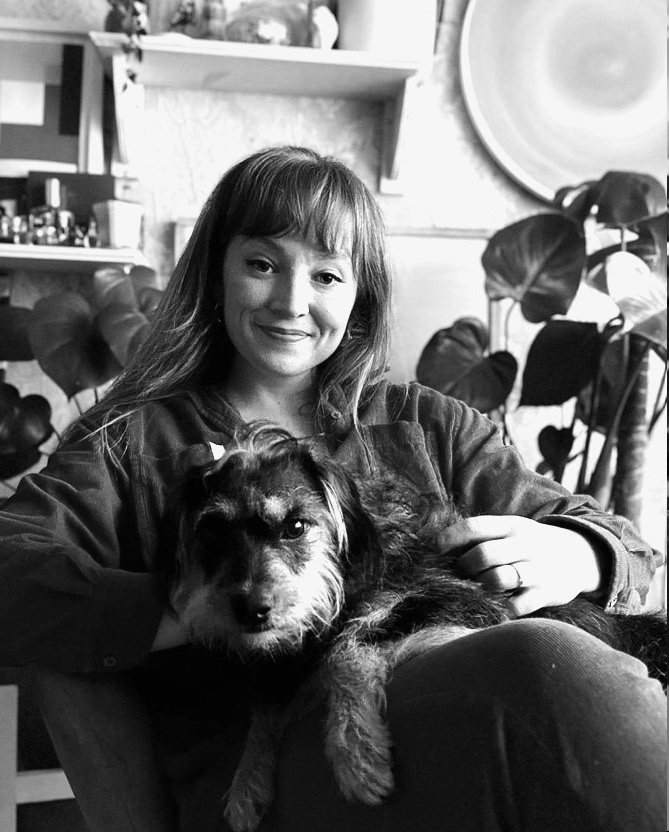When conversing about a hometown in relation to such essay topic, it is important to consider the experience and perspective from which it is written. I have utilised primary research throughout this text conversing about Ipswich as the main case study. The decision to use Ipswich is owing to the strength of personal experienced argument that can be made in relation to the question of whether artists and curators are to be blamed for gentrification. As a resident born and raised in Ipswich, extreme changes to the town have been witnessed first-hand. From the demolishment of factories to the integration of yet another erected tower of flats, the Ipswich landscape has succumbed the pitfall of gentrification. Unfortunately, once a thriving commercially industrious town, it is suffering concerningly in very similar ways to that of other urban areas on a globalised scale.
This essay evaluated and evidenced the impact the arts and those that curate them have on urban-scapes in attempt to determine and clarify whether they are the root cause for the artwashing of neighbourhoods as part of widely ongoing gentrification programmes within such areas. Throughout this essay the discussion exampled street art as being the main point of focus. The reasoning being the connection this style has within communities. Street art is not a pedestalised art form that one may witness within a museum, encased in glass. It is a flexible form designed to illuminate and represent artistic expression utilising the street as a canvas. Unfortunately, when conversing about gentrification, this type of art is often described perceptually as one of the main contributors to designate blame for gentrification to one group of individuals that produce such artworks, as the public art form is deemed as commercialisation. Three artists, Blu, Scott King, and Joseph Ficalora have been utilised within this essay presenting examples of retaliation to such claims of gentrification and the defending of street art. It was important to include artists who have directly tackled this criticism within a public sphere – as opposed to critiquing an institute – as it reveals the perspective of artists regarding this topic.
Commercialisation has been discussed utilising Andrea Baldin’s writing relative to a response to philosopher, Nicolas Riggle. Gentrification is much more than just how it impacts a community within a visually aesthetic margin. It also converses a bigger picture referencing the skeletal backbone of corporate origins as to the how’s and who fund these changes and as to why these alterations are coming into effect. As evidenced within the documentary featuring Ficalora, advertisement corporations are displacing not only the residents, but also the artworks created by the community. Displacing communities due to the increase of finance that once was deemed as liveable as it matched the standard of life that the community once represented. Capitalist society has exemplified this transition of working lower class societies to represent what has been described as branded hubs.[1] The contentious process of gentrification is not just identified as being a representation of unjust economic failure but more so relative to the structure of a society and the investors included. It is noteworthy that when referring to art curation within this context, it refers to a type of inclusive curation, whereby the organising of artworks for display are for the interest of public humanities. Artists are merely contributing factors, victims of commercial intent commissioned for ulterior motives to a larger and more devastating phenomenon that exists internationally. Within every societal structure an artist or collective of creative individuals exist for the same purpose any other working individual may, and that is to survive and to professionalise their career. If organisations and local councils are the only platform wanting to celebrate and excel the arts, partly for aesthetic but mainly for financial gain by aim of attraction, it is simply not the fault of the artist or their curators but lies with the capitalising corporations. It becomes inevitable; artists and those who create the art are existing within a society that is increasing its profitable expectations, the urban texture is their only way of exposure and freedom. Art is only deemed as an aesthetic quality as opposed to an aesthetic integration because of the conflict in visualised preference, therefore art is now becoming an aesthetic commodity. When posed with the question regarding whether artists and curators are fully to blame for gentrification, the answer is simply, no.
